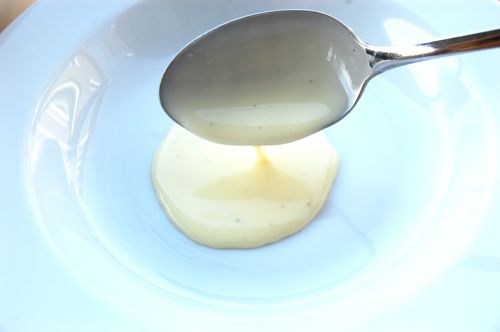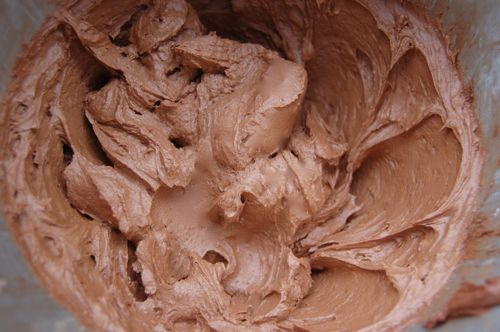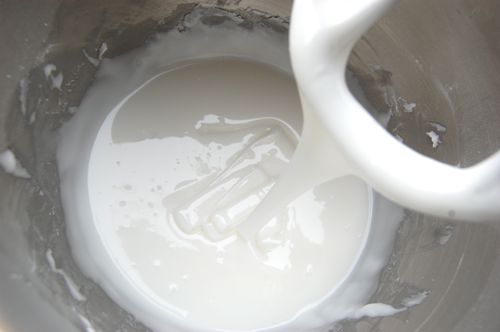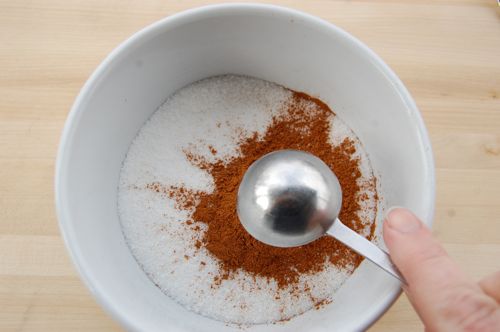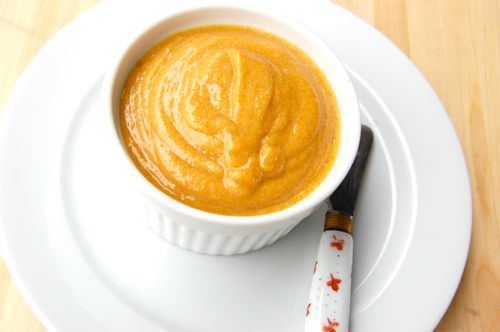“Heritage” a.k.a. “Boiled” a.k.a. “Flour” a.k.a. “Cooked Flour” a.k.a. “Gravy” a.k.a. “Cloudburst” Frosting

Did I forget to mention it’s also called “mock buttercream”? This is something that a handful of readers have asked me about lately. It was little Jo’s turn to submit a cake for the cake wheel at last Friday’s fish fry, so it seemed like a good time to make it.
READ ON